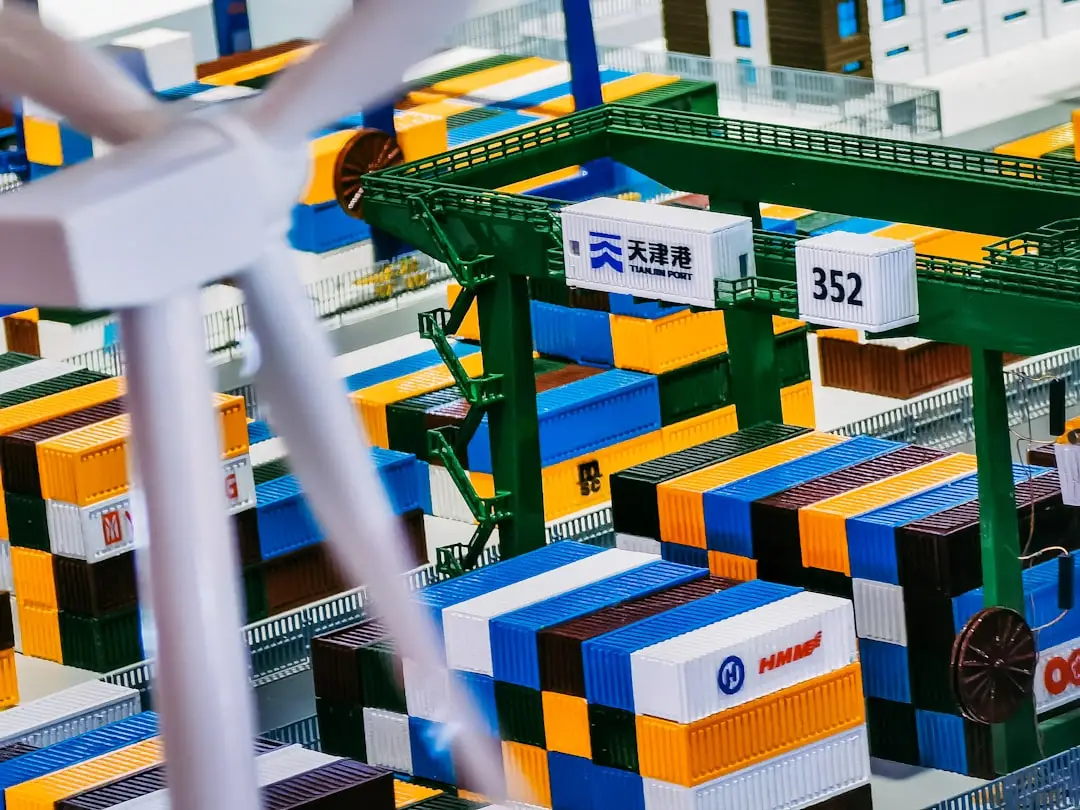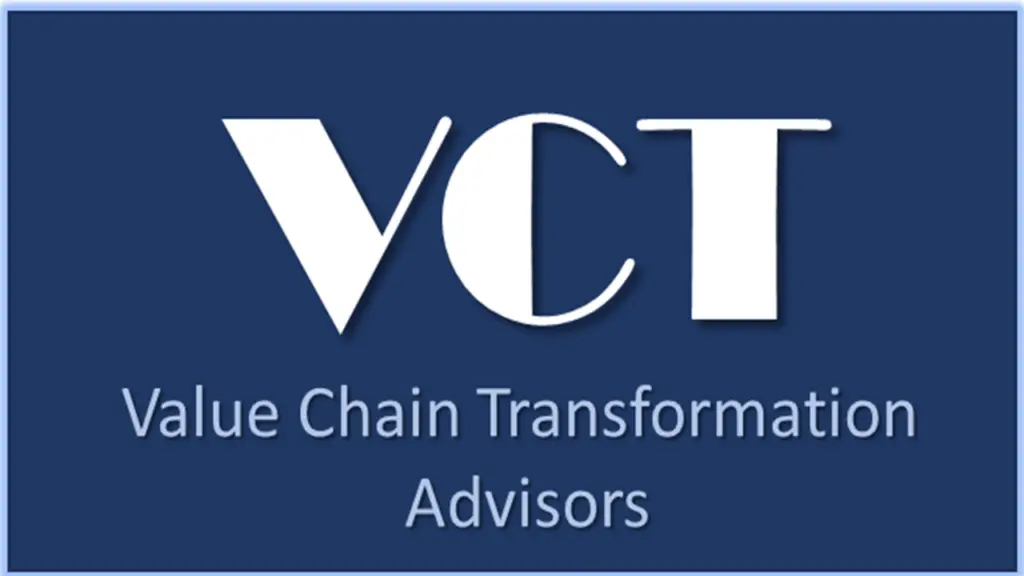When properly optimized, the supply chain is a business function that can completely transform and boost any company’s bottom line. Optimizing just one element in this chain is incredibly transformative. For instance, optimizing production alone would improve product quality, leading to enhanced customer satisfaction while simultaneously reducing the risks of product recalls or lawsuits.
Now imagine improving supply chain operational efficiency across all functions? According to McKinsey, this step would lower costs by 15%-20%.
If you’d like to experience such gains, this modern playbook for improving supply chain operational efficiency is for you. It’s a foundational guide for kick-starting your organization’s journey toward an efficient and resilient supply chain management (SCM) approach.
How to Improve Supply Chain Operations in a Volatile World
When people hear about supply chain operational efficiency, they immediately think of cost reduction. Sure, cost reduction is part of it, but that’s not all it’s about.
Supply chain operational efficiency refers to aligning a company’s resources (people, processes, and technology) to deliver goods and services at the lowest cost, highest speed, and at optimal service levels, with minimal waste.
The costs of inefficient supply chains are:
- Delays, which ripple through entire networks and cause customer dissatisfaction and lost revenue
- Decision fatigue, which occurs as teams spend their days fighting fires instead of working on strategic initiatives
- Excess inventory, which ties up capital that could fuel growth
- Stockouts, which open doors for competitors
So what can you do to build and maintain supply chain operational efficiency? Adopt a digital-first, decision-centric supply chain management platform.
These modern systems integrate individual supply chain management tools, such as ERP, WMS, and TMS, into one platform, providing critical end-to-end visibility across all operational processes. This allows key supply chain leaders to understand how decisions in one area impact the entire chain. Consequently, they can identify and address hidden inefficiencies in their respective departments in real time.
More importantly, when market conditions change—and they always do—teams can quickly assess multiple scenarios, understand the implications of each choice, and orchestrate responses that align with broader business objectives. This agility transforms supply chain disruptions from a crisis into a competitive advantage.
Strategies to Spot and Fix the Hidden Inefficiencies
Check out the most common hidden inefficiencies and how to fix them:
Manual Bottlenecks
Manual processes are the bane of supply chain efficiency. To fix this, identify where manual work interrupts decision flow. This involves mapping out how information flows through your organization to pinpoint where teams act as human APIs.
Once you identify these friction points, invest in intelligent automation. For instance, connect with GAINS API, which performs inbound and outbound data exchanges in seconds, making it easy for purchase orders, demand planning data, and inventory parameters to fuel decisions and actions in a timely and accurate manner. This will free up your team to manage exceptions and focus on strategic risk management.
Siloed Goals and Poor Visibility
When data is locked in separate systems, such as ERP for finance, WMS for warehouse, and a TMS for logistics, everyone works towards different goals. This disconnect makes it impossible for teams to comprehend the upstream and downstream impact of their decisions. The result? Over-ordering in some areas while other departments suffer shortages, all because the left hand doesn’t know what the right hand is doing.
To effectively tackle the issue of siloed goals and visibility, implement a decision orchestration layer that sits on top of your legacy systems. It’ll pull real-time data across your tech stack, creating a holistic view of your operations.
With a single source of truth, supply chain leaders can track entire processes to identify where production stalls and how communication gaps cause disruptions. This data empowers them to optimize workflows in their respective departments and collaborate on key goals across the board, resulting in decisions that facilitate continuous improvement in supply chain performance.
4 Steps for Improving Supply Chain Operational Efficiency
Here are four steps you can take to enhance operations and supply chain management efficiency:
Demand-Driven Planning
To improve operational efficiency, organizations must transition to modern demand-driven supply chain planning. This approach shifts the focus from pushing products through the supply chain to pulling them based on existing customer needs.
Dynamic demand planning integrates real-time market signals, such as point-of-sale information and promotional calendars, to anticipate customer demand. This information allows supply chain managers to align production and procurement with actual demand.
The result is optimal inventory levels that effectively meet customer demand, lower overhead costs, and prevent waste. However, you need a platform with real-time monitoring and predictive analytics to enjoy the benefits of demand-driven sales and operations planning.
Process Automation
Process automation eliminates the repetitive, rule-based tasks that drag down supply chain operational efficiency. Automate complex routine workflows, such as:
- Order management tasks, including order entry, order fulfilment (picking, packing, and shipping), and invoice generation
- Procurement and supplier management
- Inventory management and replenishment
- Logistics-related processes, such as carrier selection, shipment tracking, freight auditing, and returns processing
When properly leveraged, process automation turns each professional into a strategic decision-maker, leading to effective risk mitigation and enhanced team performance.
Multi-Echelon Inventory Optimization (MEIO)
A multi-echelon inventory optimization (MEIO) strategy recognizes that inventory decisions at one level of the supply chain affect all other levels. Consequently, it treats inventory as a single, interconnected system across your entire network.
This empowers supply chain managers to balance inventory across all business levels based on actual demand variability, lead times, and service-level targets. The endgame? Supply chains that meet and exceed service level targets with the minimum possible inventory investment, directly improving the bottom line.
Performance Monitoring
To truly improve supply chain operational efficiency, you also need to recognize that in these volatile times, the only constant is change. Consequently, regular supply chain management reviews are necessary even after taking all the above steps.
This review should go beyond tracking what happened to understanding why it happened, and what’s about to happen next. Such insights empower you to address issues as they arise, preventing delays and their ripple effects. For such a level of performance monitoring, you require a tool with real-time monitoring capabilities.
Composable Tech in Action: How to Build a More Efficient Supply Chain
Most supply chain operators still use rigid, monolithic software systems. While good at their respective tasks, these systems create organizational silos and are challenging to upgrade or customize. They stifle agility and force organizations to choose between expensive customizations that take months to implement or operational workarounds that introduce risk and inefficiency.
On the bright side, there’s a solution to all these problems—composable technology.
Composable SCMs, such as GAINS, consist of modular components that can be combined, recombined, and extended to meet specific business needs. The modularity means they integrate with what you already have, opening up siloed systems. Consequently, you don’t even have to ditch your current tech stack. And should you need new technologies, you simply need to deploy and integrate them.
Composable technology adds intelligence to your current stack, enabling rapid deployment and experimentation. This allows your organization to achieve digital transformation without disruption.
In addition to the adaptability, composable SCMs create a unified view of all your supply chain resources. This allows for collaborative, data-driven decision-making across all your supply chain operations.
How to Optimize Supply Chain Operations with AI and Real-Time Data
How can global operations improve their supply chains through information systems? Here’s how to transform operations with data and AI :
Maximize Predictive Analytics for Demand Sensing & Forecasting
AI excels at pattern recognition across datasets that would otherwise overwhelm human analysts. For instance, AI might discover that rainy weather in one region caused demand spikes in another. These are two related datapoints that would take ages for a human analyst to connect.
Real-time data further augments predictive analytics by providing up-to-the-minute information. This allows AI models to detect disruptions as they occur, resulting in more accurate, dynamic forecasts.
Use Scenario Modelling to Enhance Decision-Making
AI-driven scenario modeling puts you ahead of your ever-changing environment. It enables supply chain teams to simulate multiple outcomes based on numerous variables, including demand spikes, shipping delays, or tariff changes. By integrating real-time data, these models offer you insights into trade-offs, such as cost versus service level. That means you can simulate and create effective contingency plans for scenarios with the highest probability of occurring.
Inside a High-Performance Supply Chain: What ‘Efficient’ Actually Looks Like
The transformation the following companies achieved through GAINS implementation demonstrates what supply chain operational efficiency looks like in practice:
Case Study 1: Stuller
Stuller, a GAINS client, faced a critical paradox. Their old ERP system generated massive surpluses of slow-moving items while causing frustrating stockouts on top sellers: “We had 50% of our inventory supporting the last 10% of sales,” they noted.
Stuller implemented GAINS inventory planning and optimization, specifically designed for complex, high-SKU, just-in-time environments. Within ten weeks, Stuller dramatically cut safety stock levels and achieved a 99% item fill rate.
Case Study 2: Belron
Belron faced fragmented supply chain operations, so they partnered with GAINS to implement a centralized solution to unify their global operations.
Belron achieved end-to-end visibility and orchestration capabilities across the entire multinational operation, enabling proactive supply chain risk intelligence and strategic alignment. The company also cut inventory costs by an estimated 15% while maintaining product availability.
Powering Smarter Supply Chains: GAINS Approach to Intelligent Efficiency
Due to volatility, the future of supply chains is no longer about planning; it’s about better decisions. GAINS Decision Engineering & Orchestration platform equips you with the tools and technologies needed to engineer such decisions.
With features like agentic AI and composable architecture, GAINS empowers businesses to automate execution, dynamically optimize inventory, and respond to digital transformation without ditching current working systems.
Ready to move from reactive to predictive, engineered supply chain operational efficiency? Request a demo today to see GAINS in action.



